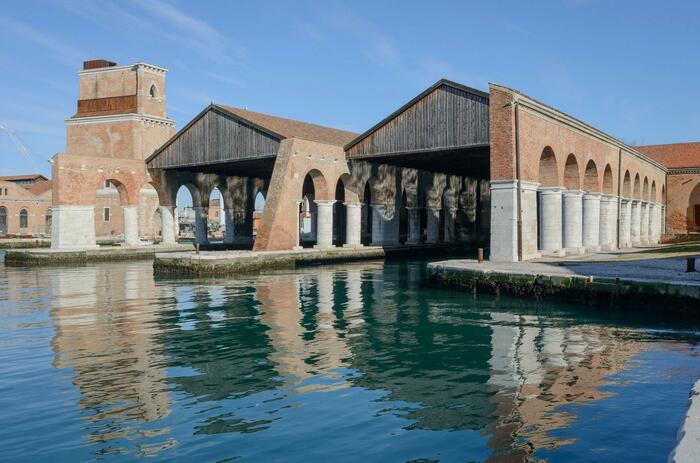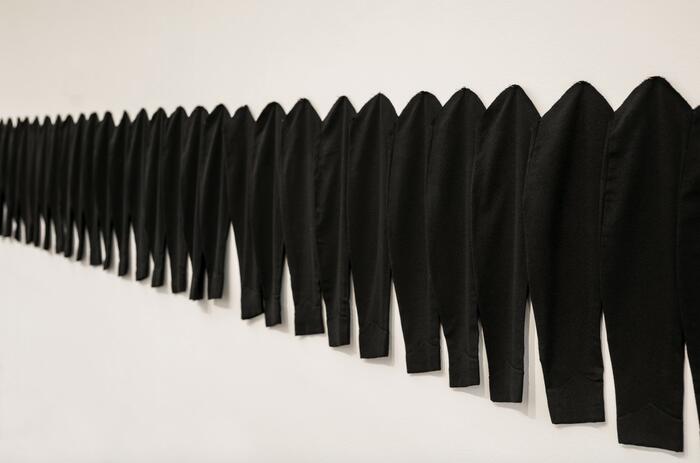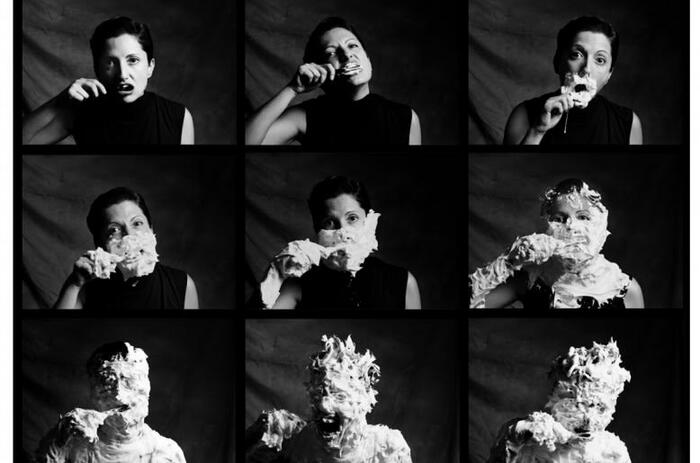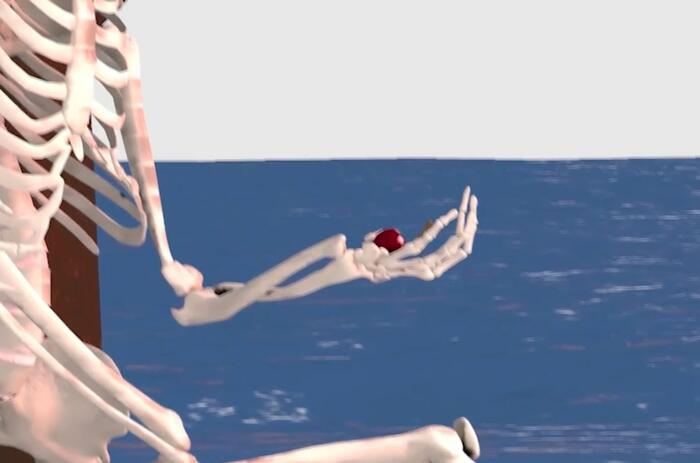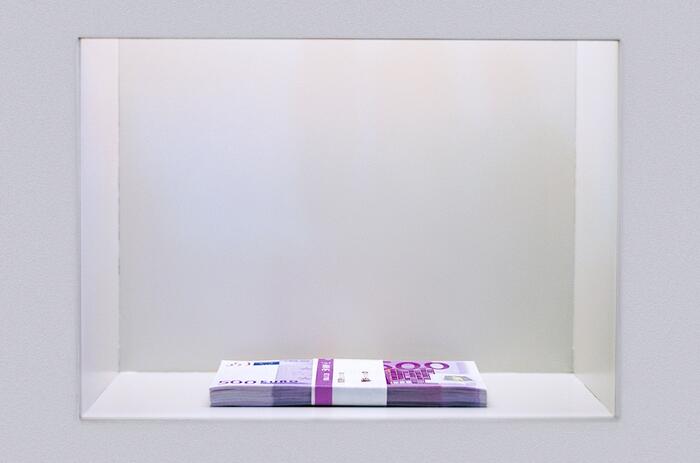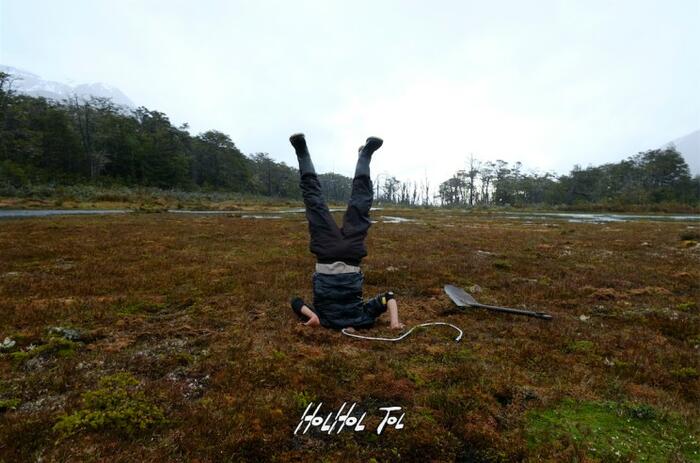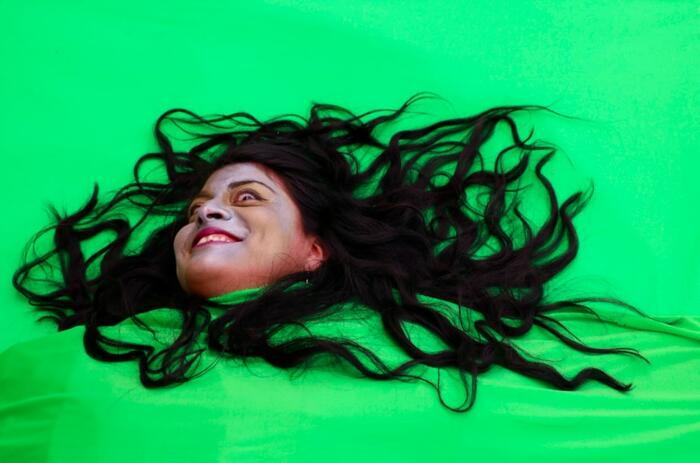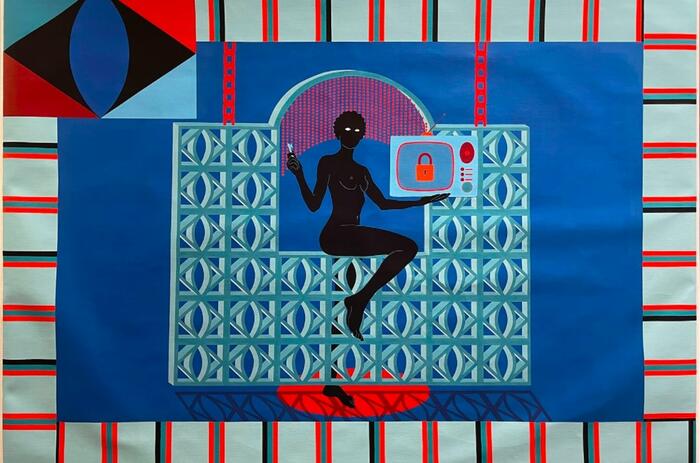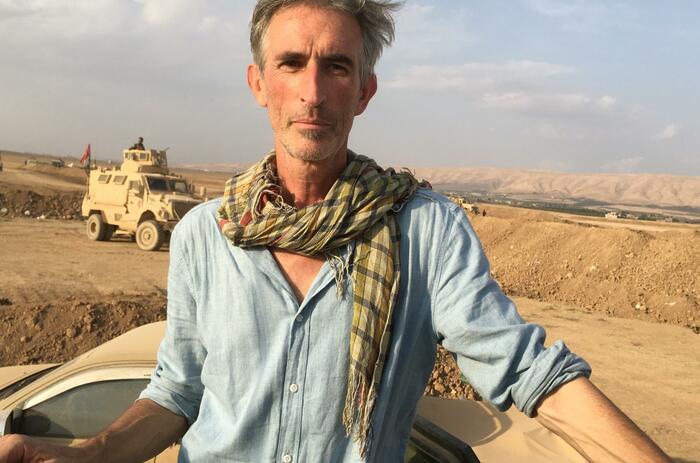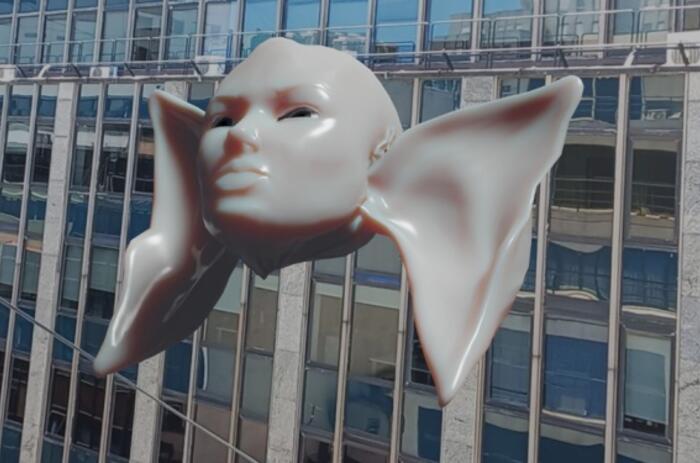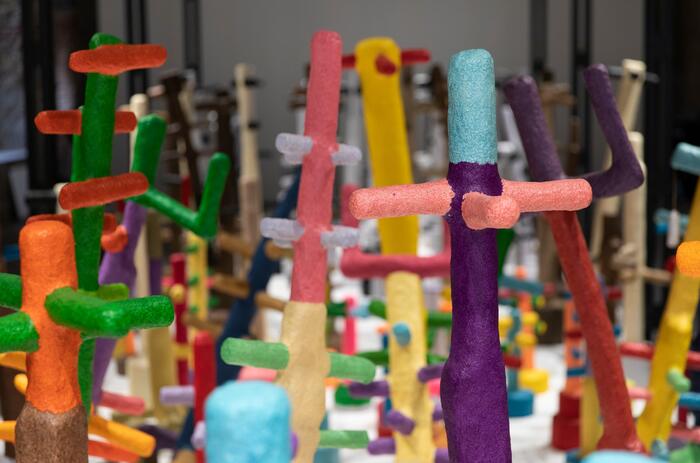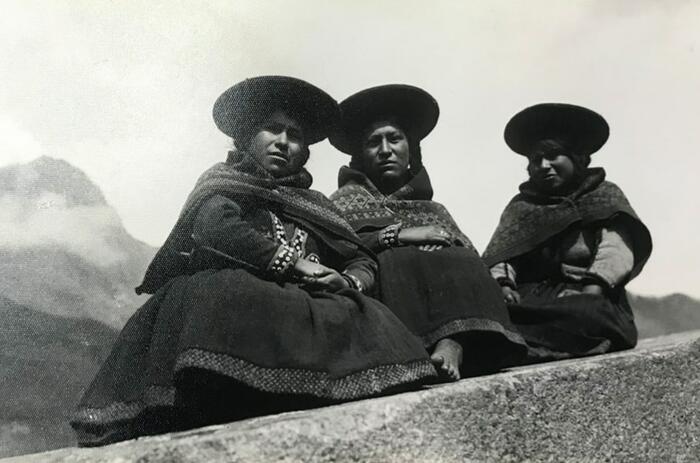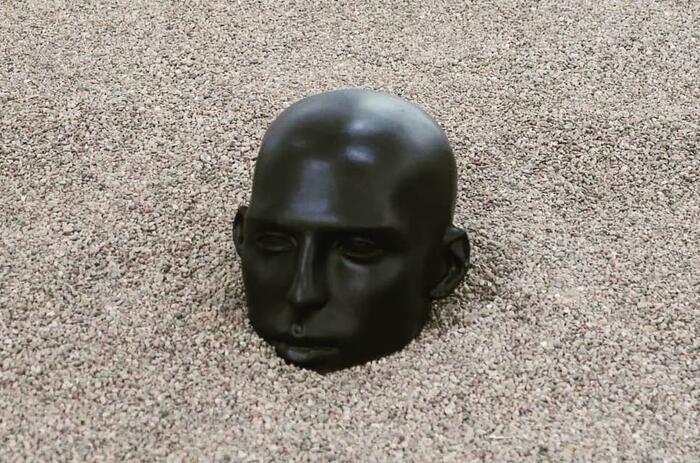PERU AT THE VENICE BIENNALE – “PEACE IS A CORROSIVE PROMISE” BY HERBERT RODRÍGUEZ
Herbert Rodríguez (Lima, 1959), artist from Herlitzka + Faria, will participate in the 59 International Art Exhibition in the Venice Biennale: The Milk of Dreams. The exhibition at the Peruvian pavilion La paz es una promesa corrosiva (Peace is a corrosive promise) gathers 30 works and a projection of handcrafted slides. Among the works, there will be pieces of agit-prop (a mixture of photomontage, collage, stencil, silkscreen, and painting) and his mural newspapers Arte – Vida (Art – Life) made in 1989.
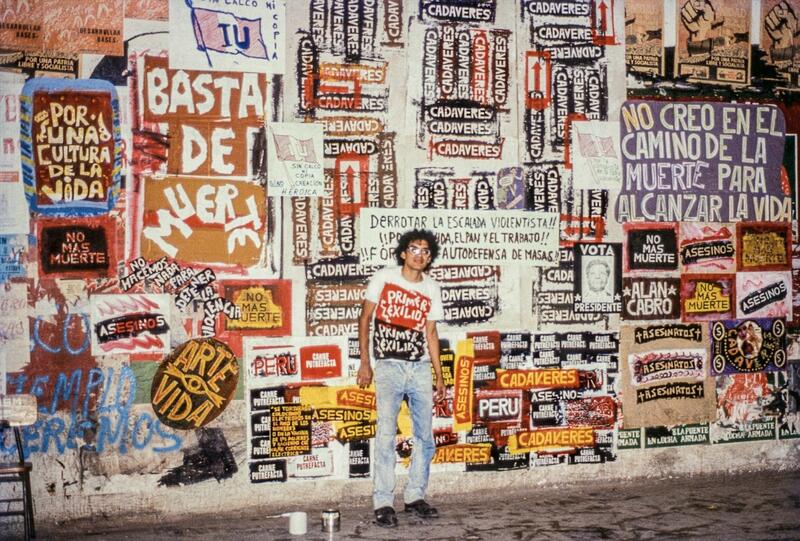
Herbert Rodríguez is well known as a visual artist of radical and critical stance in contemporary Peruvian art. The works on show date from the 1985-1990 period and comprise remnants of his agit-prop production (a mix of photomontage, collage, stencil, silkscreen and painting), for the subterráneos (underground scene of anarchist/punk ethos). This scene rejected every aspect of Peruvian life at the time, but recognizing the structural violence present did not assume any political role.
The pavilion will also feature remains of his ARTE-VIDA mural newspapers from 1989 (these as well as the agit-prop material are preserved in the artist's archive, together with the documentation displayed on tables in the exhibit). The ARTE-VIDA pieces derived from his agit-prop practice and were produced in a political and cultural war theater: the symbolically charged territory of the university campus of Universidad Nacional Mayor de San Marcos in Lima. The campus was a stronghold of Sendero Luminoso (Shining Path), a subversive group that in 1980 had declared war on the Peruvian state and through terrorist actions and clashes with the Armed Forces had initiated a period of murderous violence in the country. Rodriguez countered the painted murals and gestures of Shining Path adepts on campus with his own collage-based mural pieces and, in the process, he put his life at risk.
Herbert Rodriguez (Lima, 1959) studied at the School of Fine Arts of the Universidad Católica del Perú. Member of renowned Taller Huayco E.P.S. (1979-1982), key figure of the underground scene (escena subte) and Artistic Director of El Averno Cultural Centre (1999-2012). His work confronts our gaze and points to events and themes that shook Peru and the international scene, among others, the history of violence; human rights; racism; institutional critique; education; memory issues; and the absurd. He uses as a platform the official art circuit as well as the alternative one, and above all, public space. He addresses contemporary visual culture and connects politics with daily life in conferences, concerts, performances, installations, assemblages, painting, photography, murals, political graphic design, photocopy art, experimental video, among other media. Part of this body of work has been surveyed in his solo exibitions and books.
His activism is a thread running through the panoramic range of four decades of critical art in Peru, that is highlighted in his personal archive. The most recent show he has participated in was Periódicos de ayer (Yesterday's Papers) at Museo Miguel Urrutia, Bogotá, Colombia. His work is in the Collections of Museo de Arte de Lima (MALI), Peru; the Fondation Cartier, Paris, France; and the Museo Nacional Centro de Arte Reina Sofía (MNCARS), where it hangs as part of Vasos Comunicantes. 1881-2021, the new permanent exhibition.
Since 2016 el Patronato Cultural del Perú has taken responsibility and leadership in making possible Peru’s presence in the Art and Architecture International Exhibitions organized by La Biennale di Venezia. The Patronato Cultural del Perú is a non-profit organization created in 2010 to contribute to the development of the country, promoting and working hand in hand with the state in long-term cultural projects at the national and international level and in the recovery of the material and immaterial cultural heritage of Peru with the purpose of valuing its cultural wealth, citizenship and national identity.
Cover: Herbert Rodriguez in the Universidad Mayor Nacional San Marcos Campus, 1989

